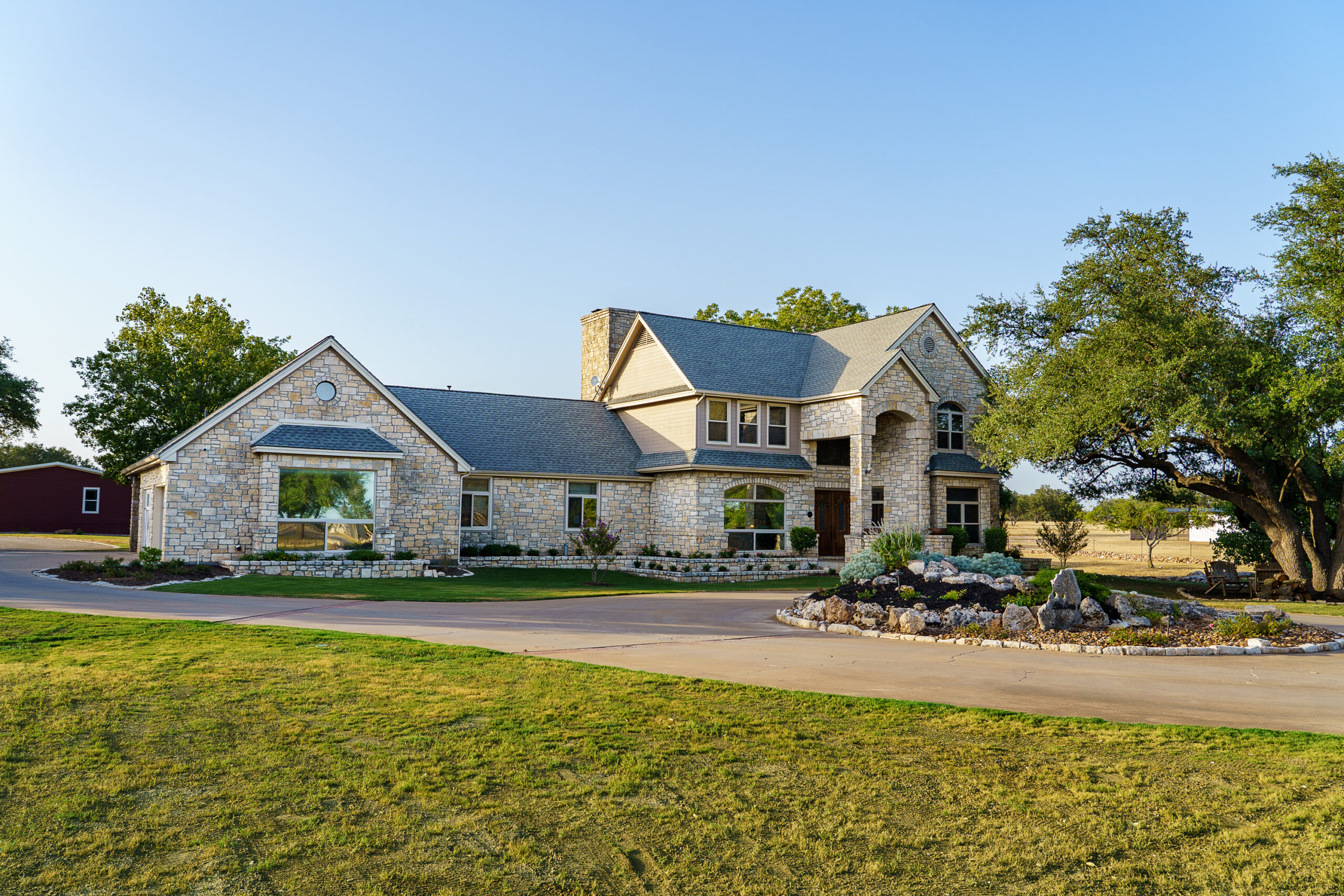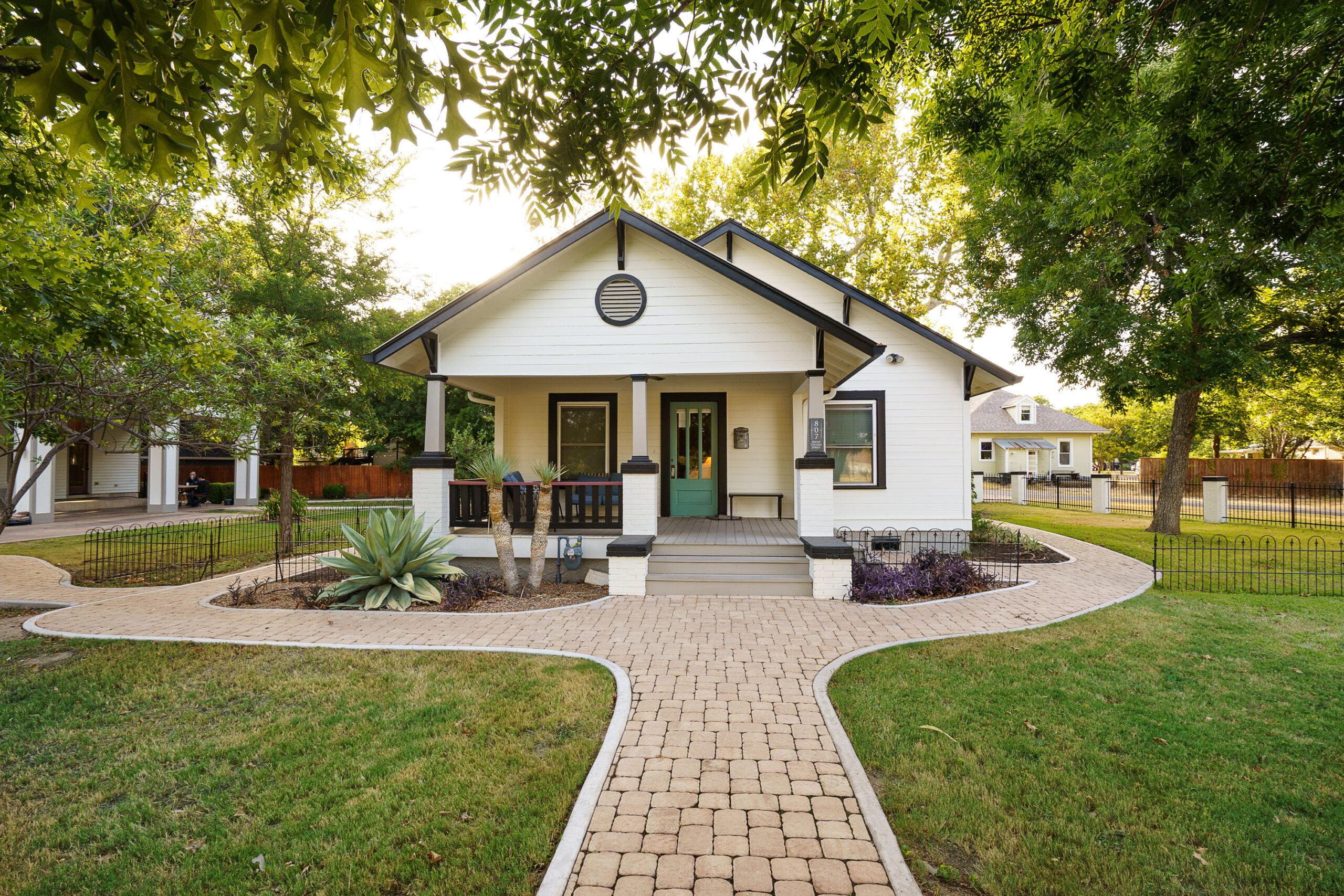Comprehensive BPD Treatment Options for Women
Borderline Personality Disorder (BPD) is a complex mental health condition that profoundly impacts women’s lives across the globe. With symptoms such as intense emotional instability, self-destructive behavior, and unstable interpersonal relationships, effective treatment is essential. Finding the right bpd treatment facilities women can be a pivotal step in the healing journey. Treatment often encompasses a combination of therapeutic modalities tailored to individual needs, helping women regain control over their lives.
Inpatient and outpatient programs are common offerings at bpd treatment facilities women, providing structured environments conducive to recovery. These programs often incorporate therapies like Dialectical Behavior Therapy (DBT), which is highly effective in managing emotional dysregulation and fostering healthier coping mechanisms. Family therapy is also integral, addressing familial dynamics that may contribute to or exacerbate the disorder.
Personal Experiences: Real Stories from BPD Survivors
As a professional with over two decades of experience in mental health care, I have witnessed firsthand the transformative power of bpd treatment facilities women. One of my patients, Laura, had struggled with chronic impulsivity and relational chaos. Engaging with a multidisciplinary team at a specialized facility, she discovered a newfound sense of stability and purpose.
Another individual, Sarah, shared her battle with persistent feelings of emptiness. The integrated care approach, emphasizing both psychological and psychiatric interventions, played a crucial role in her recovery. Seeing women navigate these challenges and emerge stronger underscores the necessity of personalized treatment plans. These personal stories highlight the resilience and strength within individuals seeking help at bpd treatment facilities women.
What Makes an Effective BPD Treatment Facility for Women?
When searching for an effective bpd treatment facilities women, it’s important to evaluate specific criteria that contribute to successful outcomes.
- Accreditation and Licensing: Check for state and national accreditations to ensure quality standards.
- Specialized Staff: Opt for facilities with mental health professionals trained specifically in treating BPD.
- Comprehensive Services: Look for programs that include individual therapy, group sessions, and holistic approaches like art or equine therapy.
- Continuum of Care: Ensure the facility provides aftercare planning to support long-term recovery.
Exploring Less Commonly Addressed Aspects of BPD Treatment for Women
While traditional therapeutic approaches are critical, there is growing recognition of under-researched aspects in treating BPD among women. Nutritional therapy, for instance, has shown promise in supporting mental health by addressing dietary habits that impact brain function. Furthermore, some bpd treatment facilities women are integrating mindfulness and meditation practices to help manage emotional dysregulation effectively.
Innovative approaches also include the use of technology in treatment, such as telemedicine, which broadens access to therapy for women in remote areas. This expansion is crucial as it ensures continuous support and guidance. By addressing these unique facets, the landscape of bpd treatment facilities women continues to evolve, providing hope for many seeking healing.
Choosing the Right BPD Treatment Facility for Women: Practical Steps
When selecting bpd treatment facilities women, consider these practical steps that can guide your decision-making process:
- Research facilities online and read reviews from former patients.
- Contact facilities directly to inquire about their specific programs and treatment approaches.
- Visit facilities in person, if possible, to observe the environment and meet with staff.
- Discuss treatment options with healthcare providers to receive professional recommendations.
Making an informed choice about bpd treatment facilities women can significantly influence the recovery journey, fostering positive outcomes and lasting change.
What factors contribute to the effectiveness of BPD treatment facilities for women?
When assessing the effectiveness of Borderline Personality Disorder (BPD) treatment facilities for women, it’s vital to consider several key elements. Facilities that are accredited and licensed generally adhere to higher quality standards, ensuring that the care provided is reliable and evidence-based. The presence of specialized staff trained specifically in BPD treatments can significantly enhance the care quality, as these professionals are adept in tailoring therapies to meet individual needs.
Moreover, comprehensive services that include individual therapy, group sessions, and holistic approaches like art or equine therapy can cater to diverse therapeutic needs. A strong continuum of care with robust aftercare planning is crucial; it supports long-term recovery by preventing relapse and promoting sustainable lifestyle changes. For instance, a former patient shared how the aftercare planning at her facility included scheduled follow-ups and local support group options, which helped her maintain her progress long after leaving the program.
Would you consider any additional factors when assessing the quality of a treatment facility?
How do personal experiences of women shape the perception of BPD treatment facilities?
Personal experiences can significantly influence how BPD treatment facilities are perceived. Stories from women who have undergone treatment often highlight the transformative journey and resilience involved in recovery. For example, a woman named Laura recounted how engagement with a multidisciplinary team helped her unravel intense emotional instability and discover stability. Her story, like many others, underscores the importance of the personalized approach these facilities offer.
These personal narratives also highlight areas for improvement and provide insights into the emotional and psychological support needed during treatment. The sharing of such experiences fosters a supportive community, encouraging others to seek help. Have you read any personal stories that resonated with you while exploring treatment options?
What practical steps should be taken when choosing the right BPD treatment facility for women?
Selecting an appropriate BPD treatment facility requires thorough research and consideration. Start by researching online reviews and testimonials from former patients, which can offer valuable insights into the facility’s environment and efficacy. Direct communication with the facilities can clarify the specifics of their programs and treatment approaches.
If possible, visiting the facilities allows for observing the environment and meeting the staff in person, which can be reassuring. Discussions with healthcare providers can also provide professional recommendations tailored to individual needs. A client once shared how touring various facilities and engaging with their staff helped her feel more confident in her choice, ultimately contributing positively to her recovery. What criteria do you prioritize most when evaluating treatment options?
What are some common misconceptions about BPD treatment for women?
A prevalent misconception is that BPD is untreatable, leading some to believe that seeking help is futile. However, with advancements in psychotherapy and a deeper understanding of BPD, various effective treatment strategies have emerged. Dialectical Behavior Therapy (DBT), for instance, has been particularly successful in helping individuals manage emotional dysregulation.
Another misconception is that treatment only involves medication. While medication can be a component, a comprehensive approach often includes therapy, lifestyle changes, and support systems. This holistic model is essential for addressing the complex nature of BPD. Awareness of these misconceptions can empower more women to seek the help they might otherwise avoid. What assumptions did you have about BPD treatment before learning more about it?
What are some advanced insights in the treatment of BPD for women?
Recent advancements in BPD treatment involve exploring under-researched aspects like nutritional therapy and mindfulness. Nutritional therapy has garnered attention for its potential to support mental health through dietary adjustments that impact brain function positively. Mindfulness practices, integrated into treatment plans, help many manage emotional dysregulation effectively, offering tools for stress reduction and emotional balance.
Additionally, technology’s role, like telemedicine, has expanded access to therapy, particularly benefiting women in remote areas. This digital expansion ensures continuity of care and reaches a broader demographic. Such advanced insights highlight the evolving landscape of BPD treatment, offering hope and healing to more individuals. Are there any other innovative approaches in mental health treatment you’ve encountered?
What unique offerings do facilities like Alta Loma provide for BPD treatment?
Facilities like Alta Loma go beyond traditional treatment by focusing on holistic, long-term strategies that address the root causes of disorders. Alta Loma offers a structured environment designed to provide emotional and psychological stability. Their comprehensive care includes cognitive behavioral therapy, nutrition planning, medication management, and recreational therapy, contributing to a well-rounded recovery approach.
The integration of community support and extended care programs like The Ranch and Casa Esperanza helps residents transition smoothly into society while maintaining their progress. This personalized care model ensures that every aspect of mental health is addressed, paving the way for sustainable lifestyle changes. How do you think such comprehensive support systems affect long-term recovery outcomes?
Are there resources available for finding suitable BPD treatment facilities for women?
Yes, numerous resources can assist in finding the right BPD treatment facility. Websites like Psychology Today provide directories of mental health professionals and facilities specializing in BPD. The NYP BPD Resource Center offers information on symptoms, treatments, and resources for families.
Facilities like Silver Hill Hospital and Clearview Treatment Center offer specialized programs for women. Exploring these resources can help narrow down options based on location, type of care, and specific needs. How do you approach researching and selecting mental health treatment resources?







